Jump start your PE lessons with these fun activities
by Floris Books • 22 September 2021 • Steiner Waldorf Education • 0 Comments
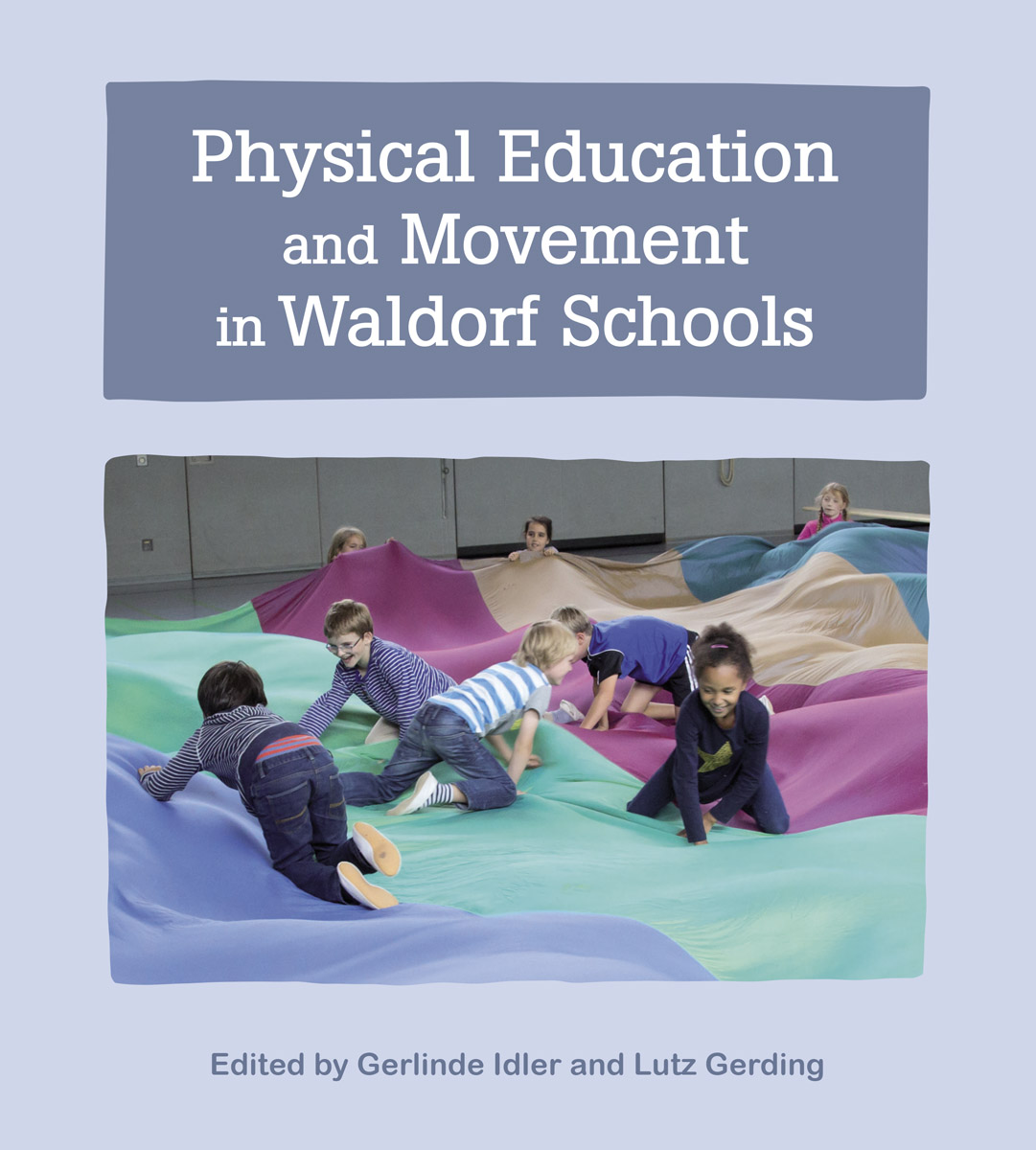
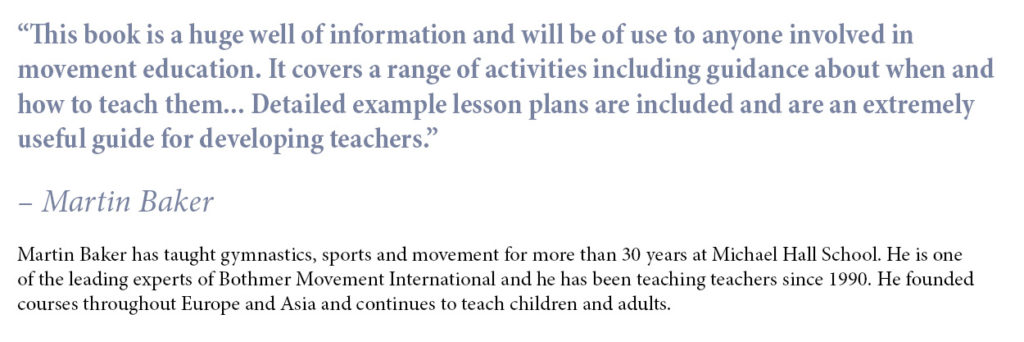
The Waldorf school curriculum was developed to nurture the healthy development of the child, not only in mind but in body and spirit as well. Physical education and movement form an integral part of this holistic approach, encouraging children to be active not just for the sake of activity, but in order to experience themselves through meaningful movement and to form a stronger connection with the world around them.
This indispensable book for teachers – the most comprehensive of its kind available in English – provides a wealth of practical insights on teaching physical education and movement in Waldorf Schools. The book includes:
- Practical suggestions for games and exercises to teach a range of activities such as athletics, archery, climbing, gymnastics, dance, swimming and sailing.
- Over 30 sample lessons providing inspiration and quick, easy reference for activities for Classes 1-12.
- Exercises designed to suit different developmental stages: from simple, storytelling games for young children to more complex, demanding exercises for older pupils.
Find out more about the book here and discover how we created this book during lockdown with this behind-the-scenes post!
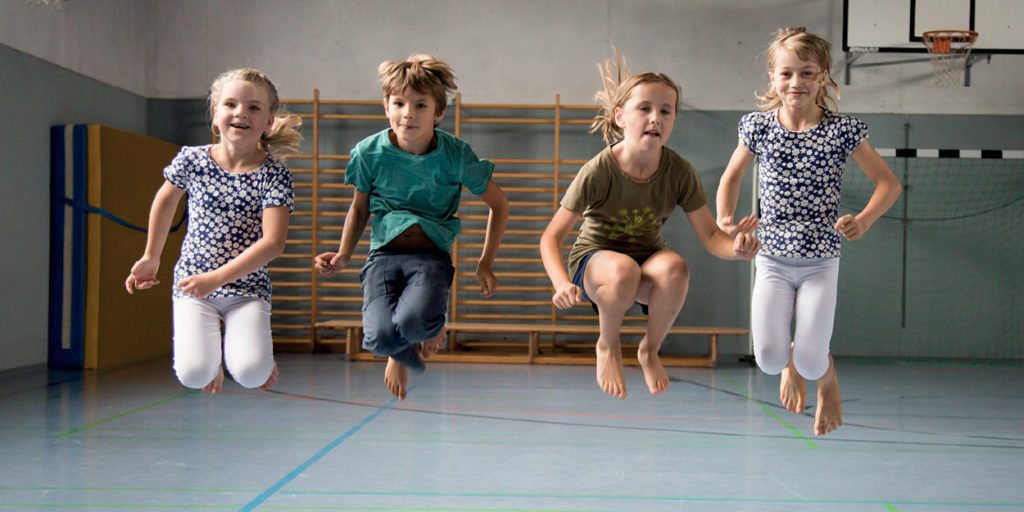
Why not try out these sample activities from the book, perfect for pupils in Class 2?
At most Waldorf schools, the combination of games and exercises continues into Class 2, with the class teacher and the P.E. teacher together giving one or two weekly lessons to the whole class. What was learned in Class 1 is now developed further. A bridge between outer movement and inner experience is formed through traditional roundelays, singing and skipping, as well as various imaginative tasks cloaked in pictures and stories. Games remain at the forefront, because children at this stage learn best through the medium of play.
The element of call and response incorporated into these games is just right for this age group, and children love to take on the roles of the animals and mythical creatures. They often continue to play these games in the playground at break time.
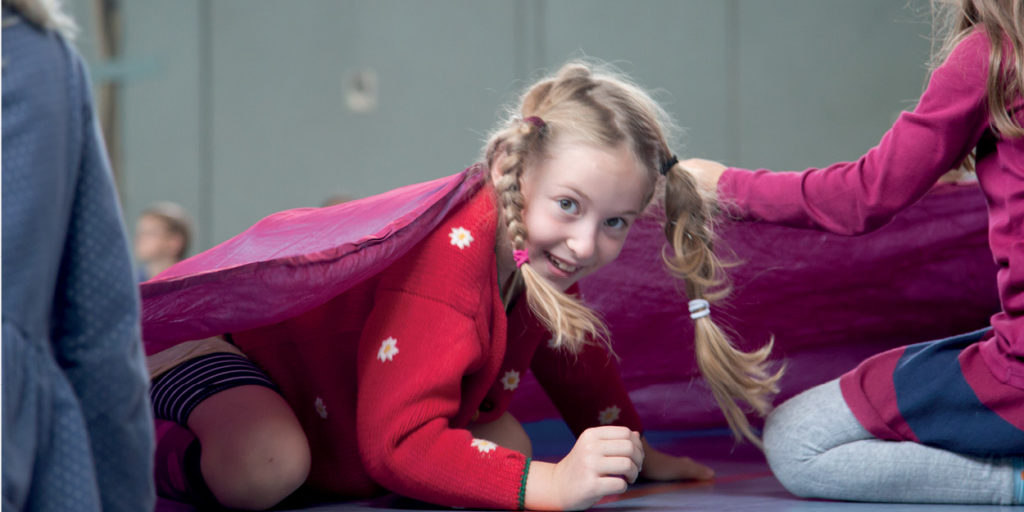
Game: The Magic Forest
- Everyone sits in a circle. The parachute cloth is spread out in the middle.
- The teacher tells a story about the Magic Forest. Each time a colour is mentioned that matches part of the cloth, the children sit on that segment.
- The children take on the roles of the animals in the story: galloping, creeping, jumping or crawling along. Every time another colour appears in the story, the teacher also mentions a new animal for the children to perform.
- At the end of the story the teacher calls out, ‘Three, two, one, game is done.’
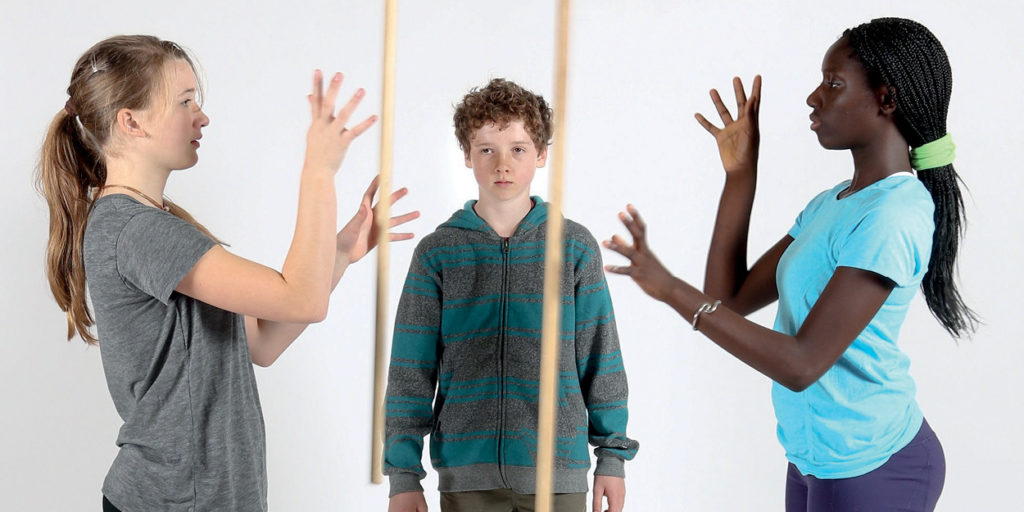
Looking for activities for older children? Try this athletics exercise for pupils in Class 10.
Discus
After the exchange of greetings and a few words from the teacher giving a preview of the lesson to come, the pupils take part in a game of tag. This is designed to get them in the mood for working together in the coming lesson, while also blotting out any other issues which might be distracting them.
The times given for working on the discus-throwing technique are a rough guide only: practising the separate phases thoroughly is the most important thing. The aim is to produce a clean, flowing movement and a good throw.
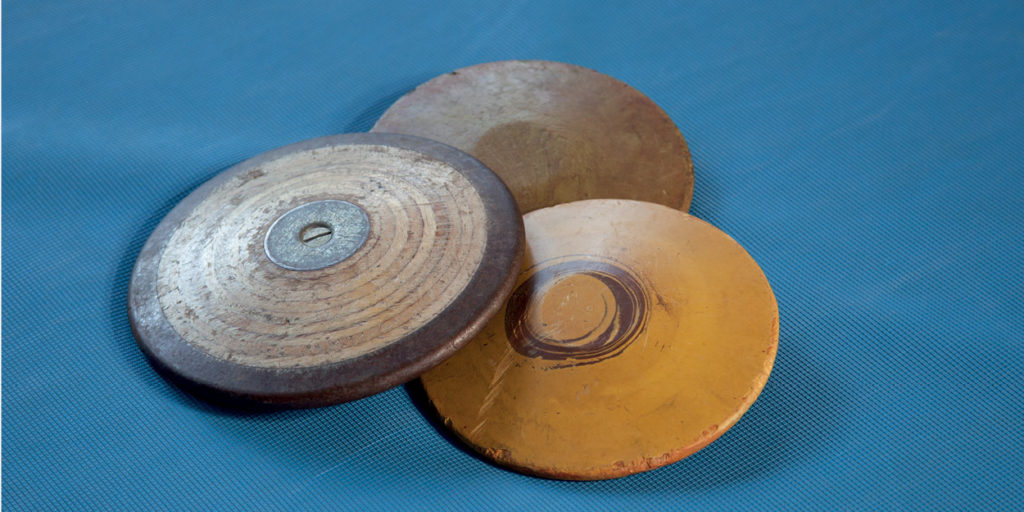
Throwing the discus requires a lot more than just flair and intuition. The pupil must develop a feel for the discus and the movement, which takes place in the horizontal plane. For anyone feeling out of sorts, as little as fifteen minutes’ discus training can restore harmony and well-being.
Step 1 (c. 3mins):
The students stand with their legs apart and their arms hanging down and slightly out to the side. They swing round, turning at the waist.
Step 2 (c. 5 mins):
As well as learning how to hold the discus, the students practise releasing it in a single smooth motion.
Using a soft rubber ring as a discus, the teacher demonstrates the grip: fingers splayed, the ring/discus resting against the wrist and held in place by the tip of the middle finger.
From a standing position and with their arms still hanging down, the students let the ring roll forwards out of their hand.
The students then crouch low with their legs apart, and swinging their arm they let the ring roll away along the floor in as straight a line as possible.
Rubber rings are safer to use to begin with and allow the students to train more intensively. Once they have mastered the correct technique, switching over to the proper discus is straightforward.
Step 3 (c. 15 mins):
The pupils walk forward, holding their rubber ring with their arm out straight and palm turned upward.
They grasp the ring with their other hand and swing it downwards and back, then up again several times. This motion takes place in one plane.
The pupils repeat the exercise, but this time the impulse for swinging the arm is given by the motion of the pupil’s hip: the right hip for right-handers, left hip for left-handers.
Now, on the upward swing, the pupil lets go of the ring, imparting a spinning motion with their hand. Final contact with the ring is with the little finger.
Practice session (c. 15 mins)
Two groups face each other at opposite ends of the gym. They endeavour to throw the rings to one another, so that they fly upwards in an arc, rotating but not wobbling.
Step 4 (c. 10 mins):
Facing the direction of throw, the pupils now spin right round, taking three full steps before throwing. Pupils keep their knees bent and their centre of gravity low during the turn.
Step 5 (c. 15 mins):
The pupils practise throwing with one and a half turns, beginning by facing away from the direction of throw. The ring should rotate quickly in the air and at a slight slant without wobbling.
End of the lesson (c. 4 mins)
The pupils take a few moments to reflect on the lesson and look forward to the next one. They exchange farewells.

We hope you enjoyed trying out these activities with your pupils. Find out more about the book here and join our dedicated Steiner-Waldorf Education mailing list here to keep up-to-date with all of our new books and to receive exclusive discounts.